Introduction to Railings
What is a Railing?
A railing may pertain to a guard rail (a structure that prevents access to an area), a handrail (intended to offer support near or on a staircase), or a grab bar (a structure that provides support) in areas like a kitchen or bathroom.
Guard Rail
In its most basic form, a guard rail is a blockade or barrier made up of rails or a single rail, with vertical supports. The usual guard rail on a porch or inside a structure comes with a horizontal rail that is about waist-high and provides a safety barrier to prevent falls from the edge of vertical drips. A guard rail can also be used to mark a boundary and prevent access to off-limits or dangerous areas. At the same time, it allows light and visibility to passing through as compared to a wall.
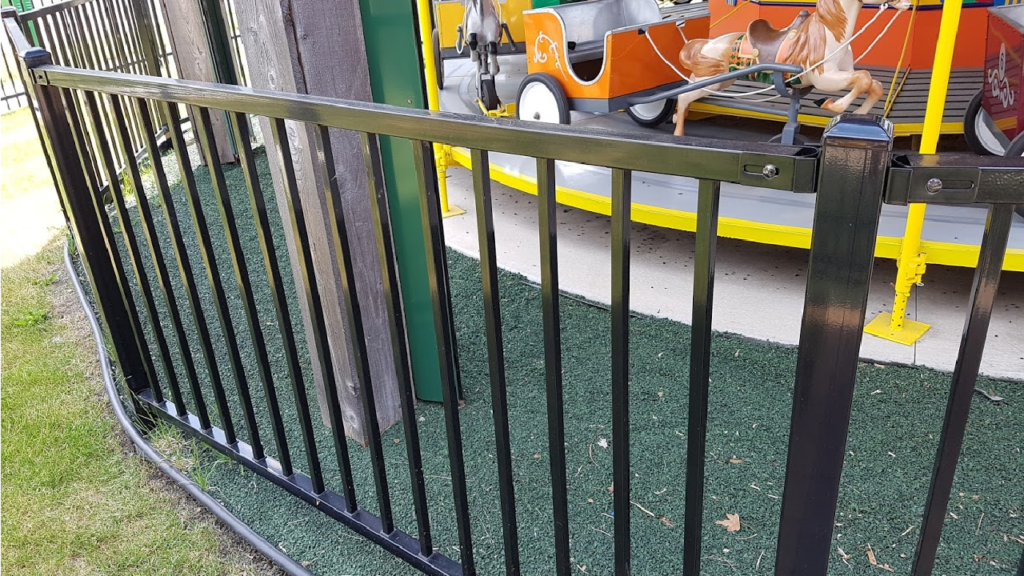
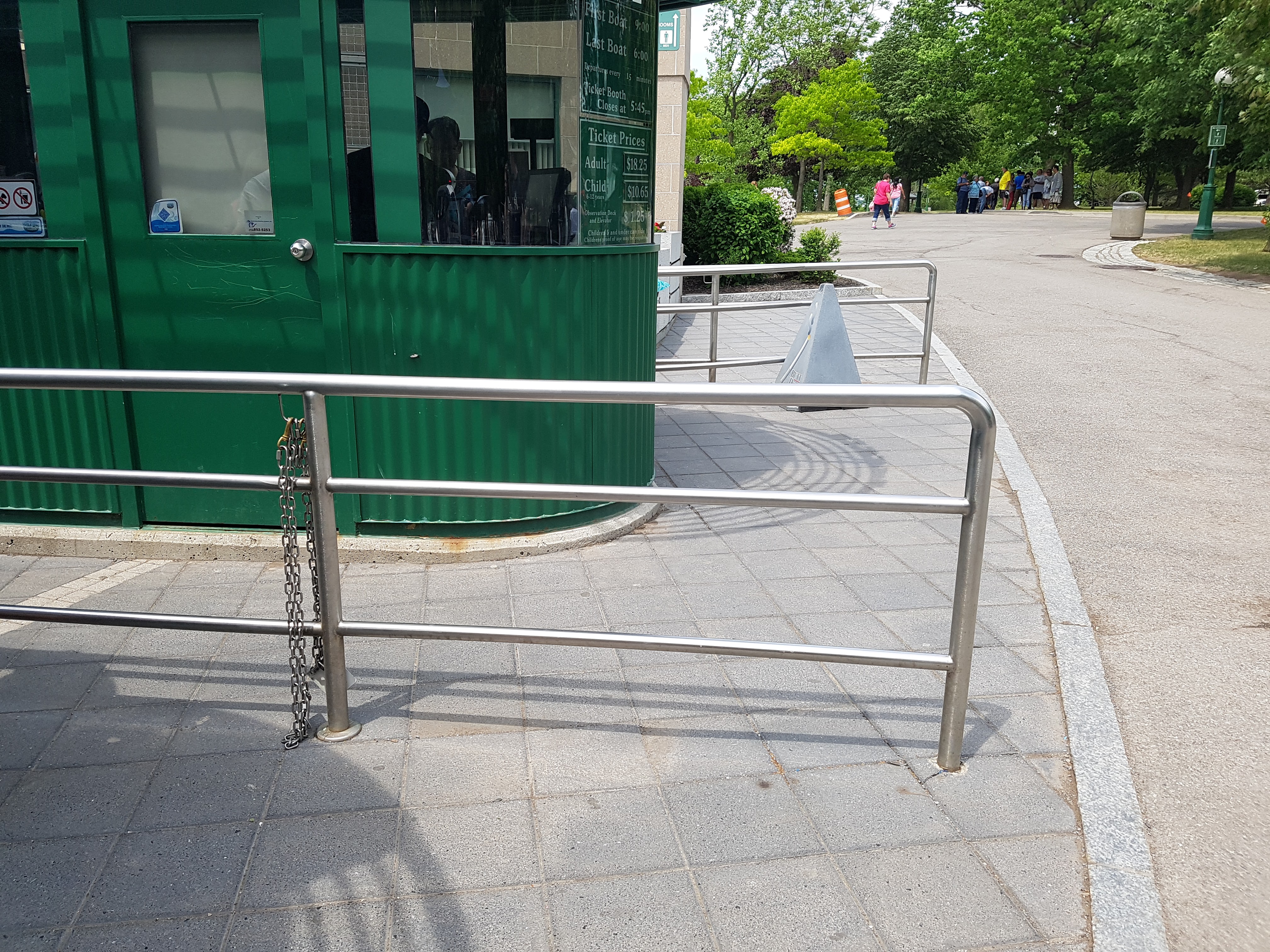
Handrail
A handrail, as its name suggests, is intended to be grasped to provide support or stability. Handrails come in handy when ascending or descending escalators and stairways to prevent serious falls. Handrails are often either mounted to walls directly or supported by posts.
Grab Bars
Designed to avoid falls on wet, slippery floors like in bathrooms, grab bars are also used in galleys of ships. They can also be used as barres, and serve as training tools for ballerinas.

This Week’s Top Stories About Selecting A Suitable Railing Material
There are many different materials that can be used for railings. Your material of choice can range anywhere from steel, glass, wood, PVC, stainless steel, aluminum, or any combination of these materials. Some materials may be more suitable than others, depending on your particular application.
You can also find copper, brass, and cast-iron railings, specifically in ornate railings that come with an old-world or luxury appeal. Stainless steel gives a modern, clean, and crisp look to space.
To make a space look roomy, you can use glass, or fiberglass – either as stand-alone or as a combination with any of the materials.
When deciding on a railing material to use, it is best to consider function, form, and decor. The succeeding paragraphs will hopefully provide you with more useful insight.
Cast Iron
Railings made of cast iron are used when traditional or exquisite and floral designs are required. They provide a feeling of tradition and old-world charm. But, they tend to be brittle, and need to be painted on a regular basis. You can usually cast-iron railings installed in many old structures and palaces.


Wood
The standard railing for backyard decks comes with pickets, posts, and a wooden top and bottom rails. This is popular among DIY enthusiasts and new builders. This is because the materials are affordable and easy to build. Bespoke wood railings from professional craftsmen are often installed to complement top quality deck work. Post caps and balusters can be carved in decorative shapes to complement the overall style of your home. Wooden deck railings, however, tend to block the view more, compared to other materials. They are also maintenance-intensive..
Aluminum
Aluminum has the benefit of being relatively low maintenance. It is also lightweight, inexpensive, and available in a wide range of finishes. The primary disadvantage of aluminum as a railing material, however, is it is less durable compared to steel. Its surface is likewise prone to scratching. Thus, it isn’t suitable for commercial uses. Aluminum railings also often come in standard designs that don’t look a lot different from one another. old structures and palaces…
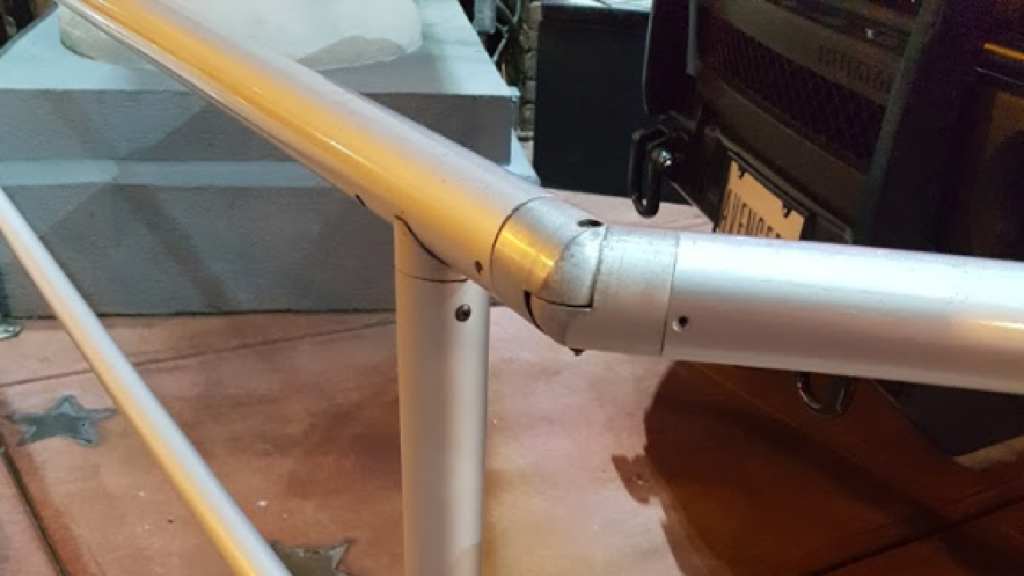
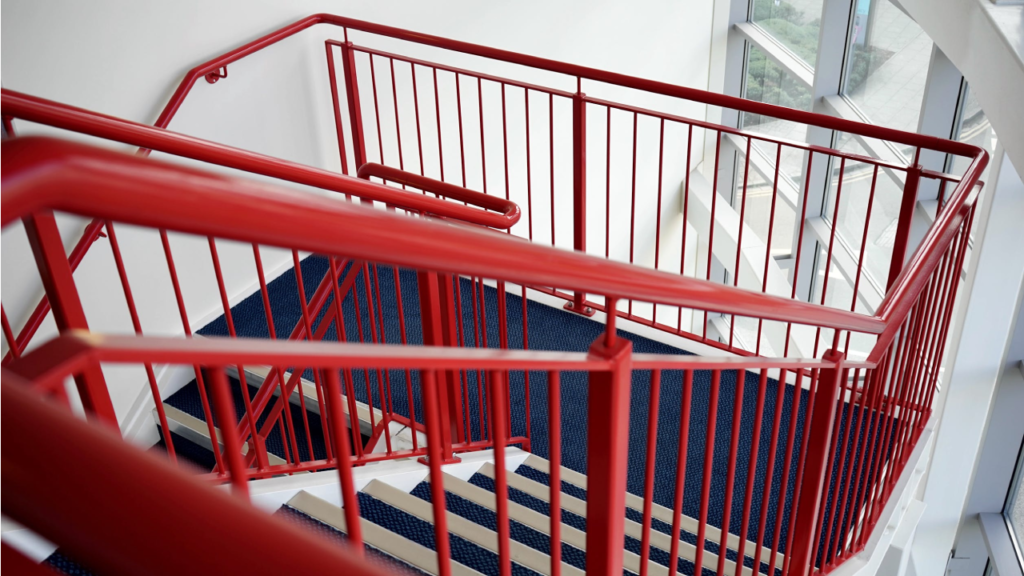
Steel
Regular steel railings are suitable for most industrial applications where a high strength barrier is preferred over good looks. Relatively low cost, steel barriers can be fabricated in various designs. However, steel requires some maintenance since it is prone to corrosion. It may need a coat of paint from time to time.
Stainless Steel
One of the more popular railing material choices, steel requires almost no maintenance at all, but it is more expensive than most other materials. Stainless Steel is available in various finishes and designs. It is likewise highly durable and can be used for both outdoor and indoor applications.
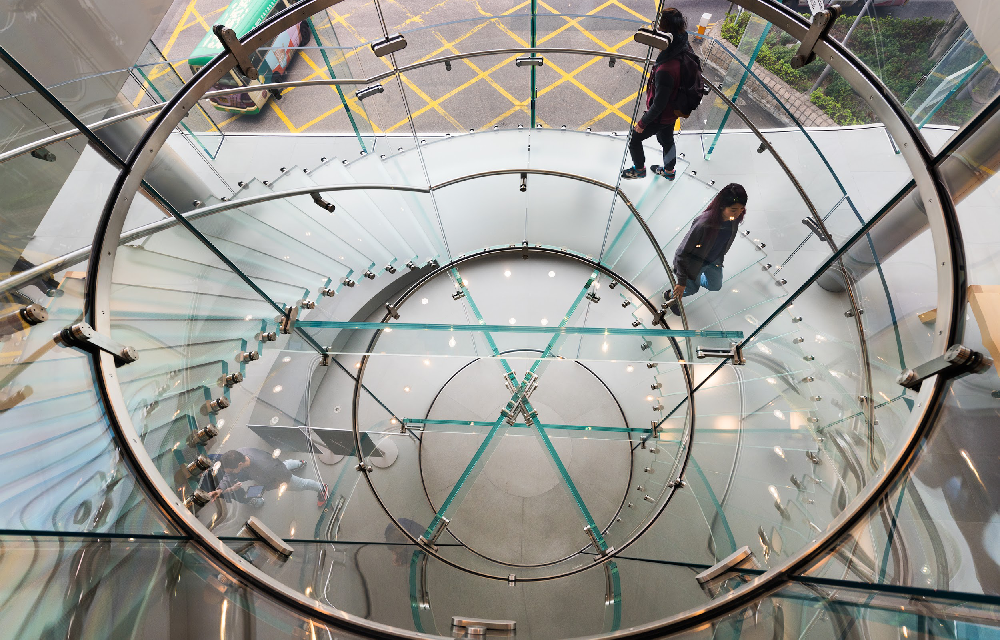

Vinyl/Plastic
Plastic and composite railing materials come in standard designs, are inexpensive, and low maintenance. However, the tradeoff is that it has low durability. It is quite prone to scratches and offers low strength for any type of use, other than as a visual barrier.
